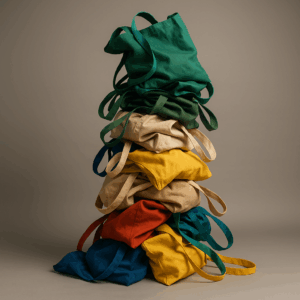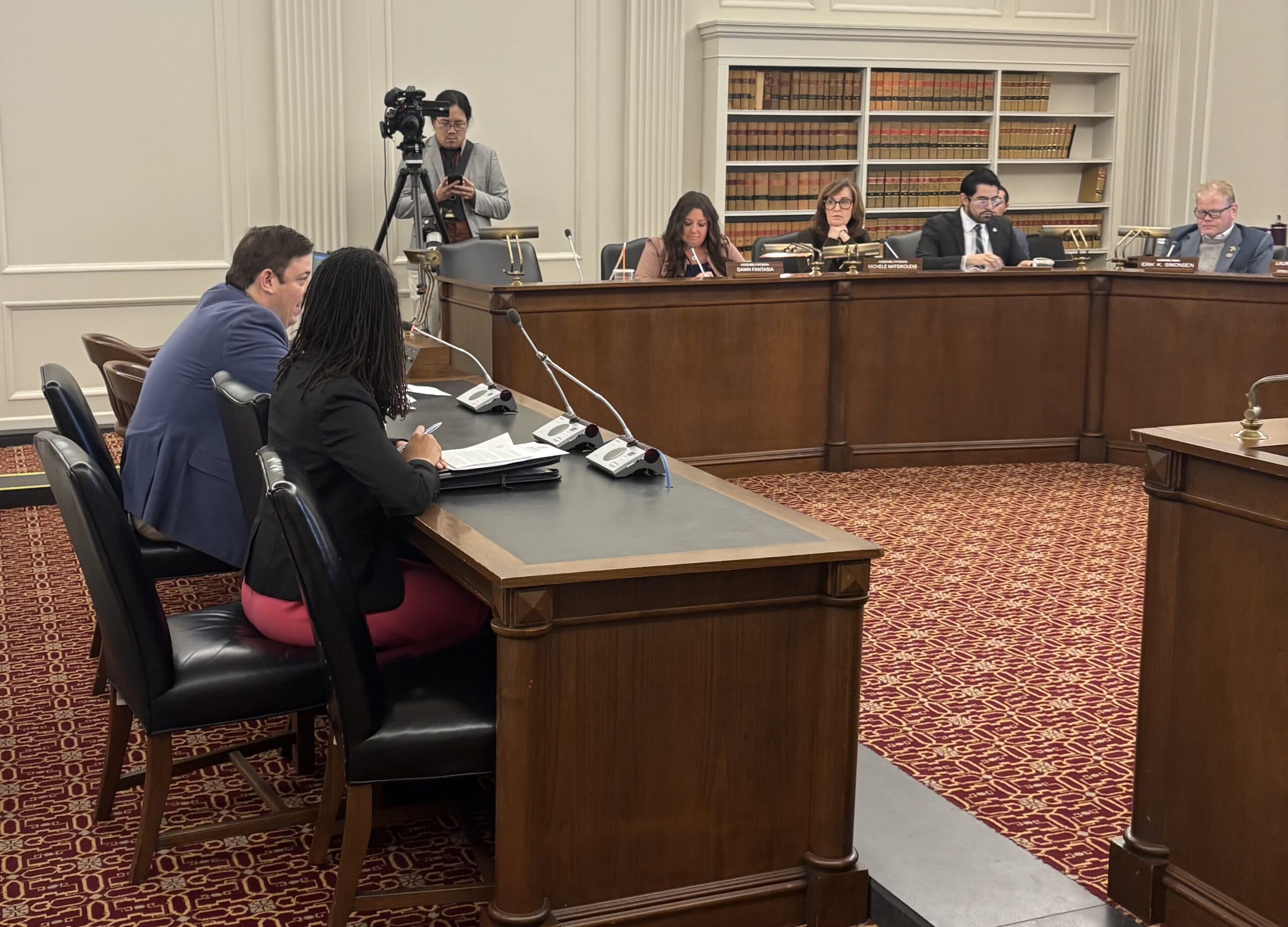By Wells Winegar, Executive Director, New Jersey Policy Institute (NJPI)
Walk into any New Jersey kitchen and open the pantry. You’ll probably find a teetering stack of “reusable” shopping bags—many of them delivered with curbside orders you never asked for and will never use up. That pile tells the story of our state’s bag ban: a policy that set out to help the environment but quietly drove up material use, waste, and frustration. It’s no surprise the issue is now on the campaign trail: Jack Ciattarelli is winning applause with a promise to rescind the ban (“you’re getting back your plastic bags”), while Mikie Sherrill says, “I think we shouldn’t be using plastic bags.” Politics aside, the underlying policy trade-offs deserve a clear-eyed look.

In 2022, New Jersey banned single-use plastic carryout bags—and, uniquely, banned paper carryout bags at large grocery stores, too. The goal was less litter and cleaner waterways. But how a product is made, used, and disposed of matters as much as what it’s made from. On that score, the ban has produced a string of unintended environmental side effects we can’t keep ignoring.
Heavier doesn’t mean greener. Independent life-cycle studies from government agencies in the UK and Denmark have been saying the quiet part out loud for years: paper bags and many “reusable” options (like non-woven polypropylene and cotton) usually take more energy and water to produce than the thin plastic bags they replace. They only “win” environmentally if they’re reused a lot—far more times than most shoppers actually manage. In real life, those reuse thresholds are rarely met. The result: more resource use up front, with little to show for it.
The leakage problem. Before the ban, many households reused thin grocery bags as trash liners or for pet waste. Take those away and people don’t suddenly stop lining their bins—they buy small garbage bags instead. Peer-reviewed research has documented this shift: sales of trash bags jump when thin carryout bags disappear, erasing a chunk of the expected plastic reduction. That’s plastic by another name.
More plastic by weight, not less. California offers a clear cautionary tale. After its restrictions, thicker “reusable” plastic checkout bags flooded in. Because many weren’t reused enough, the total plastic heading to landfills actually went up by weight. State officials later moved to close that loophole. New Jersey should learn from that experience, not repeat it.
A delivery-driven bag glut. Our law’s ban on paper bags at large groceries has a quirky effect: curbside pickup and delivery orders often arrive packed in brand-new “reusable” bags because stores aren’t allowed to use paper. Households quickly accumulate more than they can possibly use. Nonprofits and state partners have stepped in to set up bag donation and redistribution programs—well-intentioned, yes, but also evidence of a system producing too many bags in the first place.
So what should New Jersey do?
First, repeal the bag ban—both the plastic ban and the paper-bag prohibition at large groceries. That’s not a retreat from environmental responsibility; it’s a course correction toward strategies that actually reduce waste and litter without forcing counterproductive substitutions.
Second, keep what still makes sense on its own merits. Reasonable limits on polystyrene foam and “straws by request” can stand apart from the checkout bag debate.
-
Invest in hot-spot cleanups and storm-drain capture devices that stop debris before it reaches waterways.
-
Nudge behavior without penalties: clear “bring your own bag” reminders and an easy “no-bag” default for very small purchases.
-
Track what matters: require simple reporting on bag types and total material weight so we can see, in the real world, whether we’re using more or less material over time.
Some will say, “Why not just tweak the law?” We’ve tried tweaks, and bills continue to surface to patch specific pain points—especially the delivery problem. But after three years, the pattern is clear: when you design policy around banning one material, the market shifts to heavier alternatives and unintended consequences multiply. That’s not a tweak-and-move-on issue; it’s a design problem.



